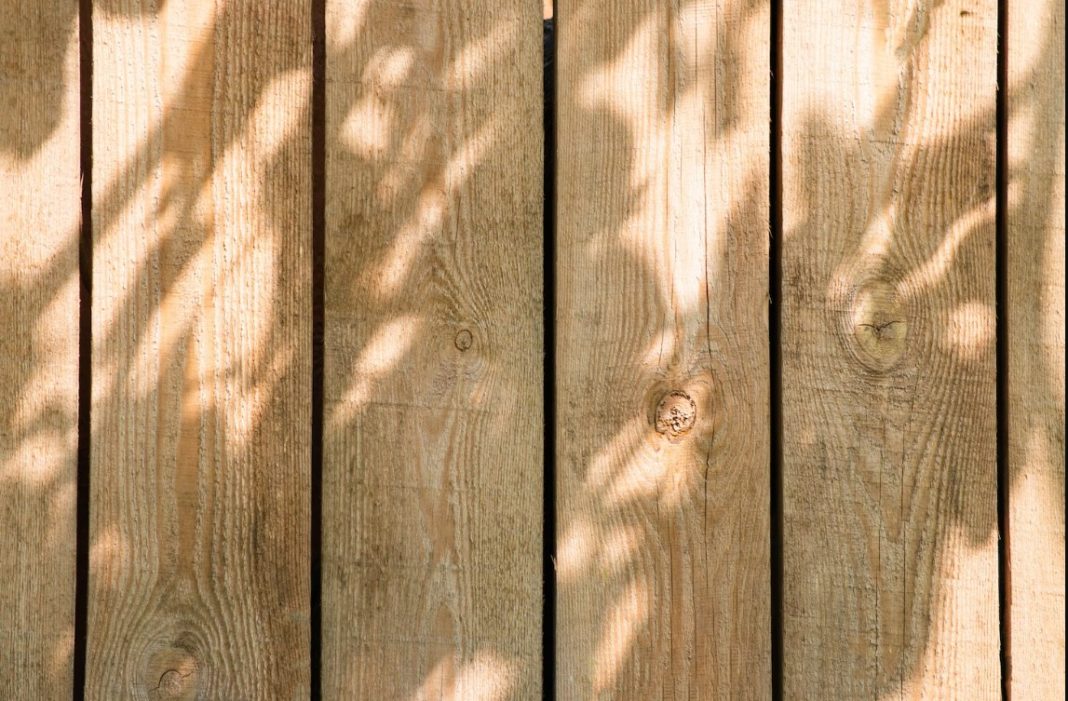One of the most daunting tasks about managing your property is knowing what projects are essential and which aren’t. For the most part, homeowners are focused on water, gas, and electricity. After these major hurdles come other considerations, from renovations to security to interior design.
Those who purchase or rent a home with a garage won’t have to think about where to park their cars—but not every home has one attached. In fact, many people will have to consider building or buying a carport for a variety of reasons.
Those who live in areas with inclement weather need to protect their vehicle from the elements. Those who live in tight quarters might also leverage their carport for privacy reasons or, for those with large equipment, storage space. Think you might need a carport to complete your oasis? Follow the steps below.
Step One: Know Your Options
Those building a carport must decide on the material. The vast majority of carports are built using timber. Anyone looking to shop around can check Quick-Garden wooden carports, which are easy to compare on their website.
This is a great way to get started selecting a carport that’s right for you, whether in terms of size, design, expansion potential, and functionality. Just make sure you have a primary focus when selecting the right carport, whether that be car parking or storage.
Step Two: Look into Storage
Along with sheltering Volkswagens and Vauxhalls, many homeowners opt for carports because they also function as storage units. The average storage unit might cost over one hundred pounds per month, depending on location. However, many carports come with an optional storage shed.
Even better, these sheds come in all shapes and sizes. This makes them ideal solutions for those with large gardens that they will tend throughout the year, providing space for their lawnmowers, spades, augers, and more. The same goes for sporting equipment, art and craft supplies, and even seasonal decorations.
Step Three: Room to Grow
Many carports are modular in design. This means that they’re easy to ship and then install. For the best wooden carports in the industry, this also means that it’s easy to add extensions. For example, those who start with one storage unit can usually add a second unit, which will be separate from the first.
If you’re looking for a carport that has room to grow, make sure you prioritize space from the start. While many people look to build their carport close to their homes for convenience, don’t forget that you might want some room to grow in the coming years.
Step Four: Consider Design
If you’ve already shopped around for a wooden carport and know exactly what you’re looking for in terms of storage and growth potential, then all that’s left to hash out is design. Many companies prioritize variation in their design, which means that there’s a wooden carport that will suit any type of architectural style.
Have you found yourself managing a Tuscan-style villa? A classic wooden carport will do the trick. What about homeowners who prefer modern design and its clean, geometric planes? Quick-Garden’s LUNA carport has a flat roof with gray timber that pairs well with almost any modern home.
Step Five: Don’t Forget to Take Measurements
It’s always a good idea to plan out future expansion for a carport. Still, don’t forget that it’s not just square feet that you’ll need to measure, but also the height of your vehicle. If you’re searching for a carport for a larger vehicle, such as a motorhome or campervan, then you’ll need to make sure your carport stands tall enough to get the job done.





